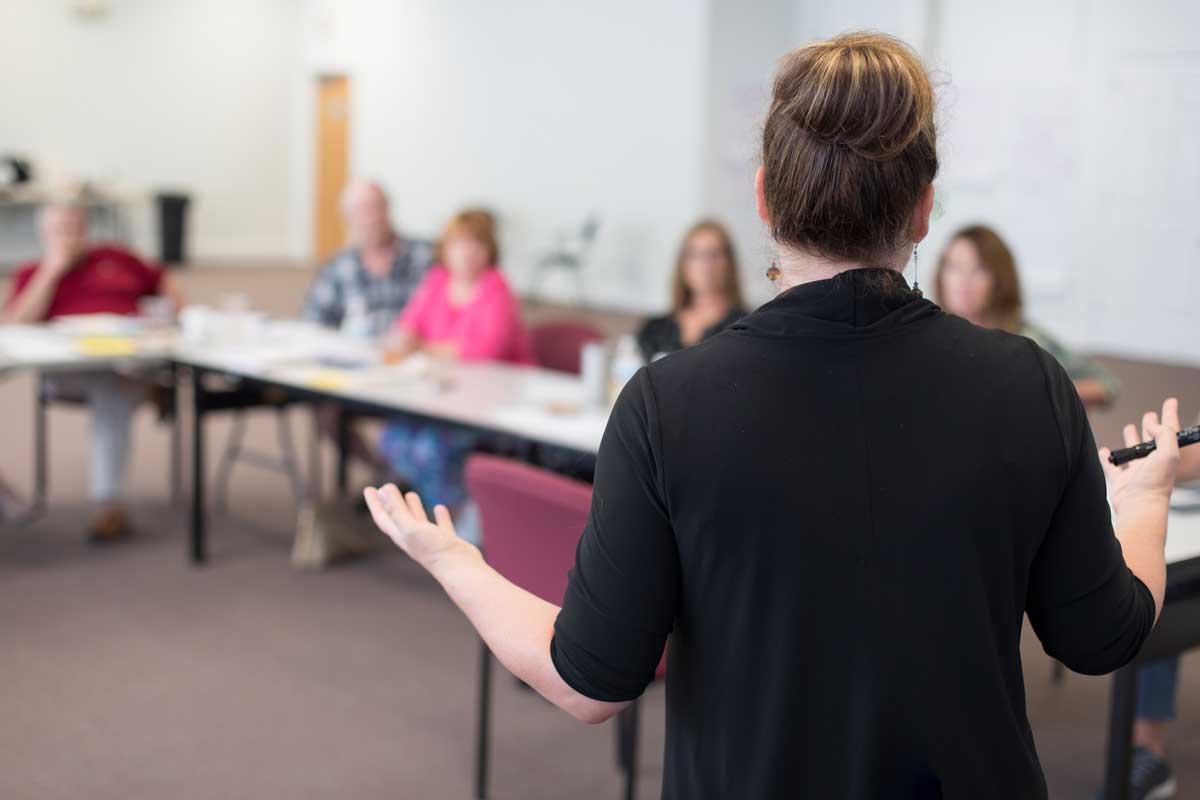In the wake of turmoil in the banking sector, Chief Executive Magazine declared that CEOs need to “see beyond the immediate wreckage” and “exercise strategic vision.”
But it’s not only the financial sector experiencing economic and mission uncertainty. Businesses and nonprofits across the country are struggling with rapidly changing economic conditions. In this environment, having a clear strategic vision isn’t a luxury, it’s a necessity.
So today, let’s talk about how to make sure your organization has the power of a strategic vision working for you.
What is Strategic Visioning?
A strategic vision begins with a strategic visioning process.
A strategic visioning process brings together key stakeholders—such as board and staff leadership—to develop a future vision for an organization over a defined period (such as three to five years). Think of a strategic vision as a snapshot of an organization’s future. Your strategic vision should be specific, ambitious, and achievable.
Stakeholder engagement in the strategic visioning process
Sometimes, a founder or CEO might create a strategic vision on their own. In the right circumstances, this approach can work. For example, in a startup business. But when it comes to larger or more established institutions, a solo-created strategic vision can potentially exacerbate internal challenges, be disconnected from business realities less visible from the C-Suite, and leave stakeholders feeling disengaged and unwilling to the hard work of putting that vision into action.
That’s why Funding for Good recommends actively engaging stakeholders in your organization’s strategic visioning process.
Engaging stakeholders in strategic visioning is a vital opportunity to build valuable buy-in across the organization. And as a leader, you will need that buy-in when it comes to successfully achieving a strategic vision.
Is a Strategic Vision Enough?
Creating a strategic vision is only the first step toward achieving that strategic vision. Turning your vision into reality requires implementation planning, stakeholder buy-in, and ongoing evaluation to assess progress toward outcomes.
In short, strategic visioning should be the first step in strategic planning.
The Visioning Process in Strategic Planning
When Funding for Good works with strategic planning clients, we’ve found that starting with a visioning session sets the tone for a successful outcome. Benefits include:
- Getting key stakeholders to think ambitiously about the future, rather than being stuck only on what’s possible today.
- Sparking creativity by getting participants outside of their day-to-day grind.
- Mapping an organization’s current reality—including barriers to success and missed opportunities.
- Building alignment across stakeholders, including board and staff leadership.
- Surfacing fundamental areas of existing alignment or disagreement—and working through them productively.
- Kicking off the transition to strategic decision-making.
And these benefits are only the start. Bringing stakeholders together to co-create a vision for the future is the first—and perhaps most vital—step in achieving that future together.
The Final Key to a Successful Visioning Process
To truly increase the impact of your strategic visioning process, we always recommend hiring a facilitator.
A visioning session facilitator will keep your team on track, ensure the session achieves its goals, encourage full participation from all stakeholders, and coordinate clear takeaways and action steps.
Ready to learn more? What to Expect When Selecting a Facilitator


